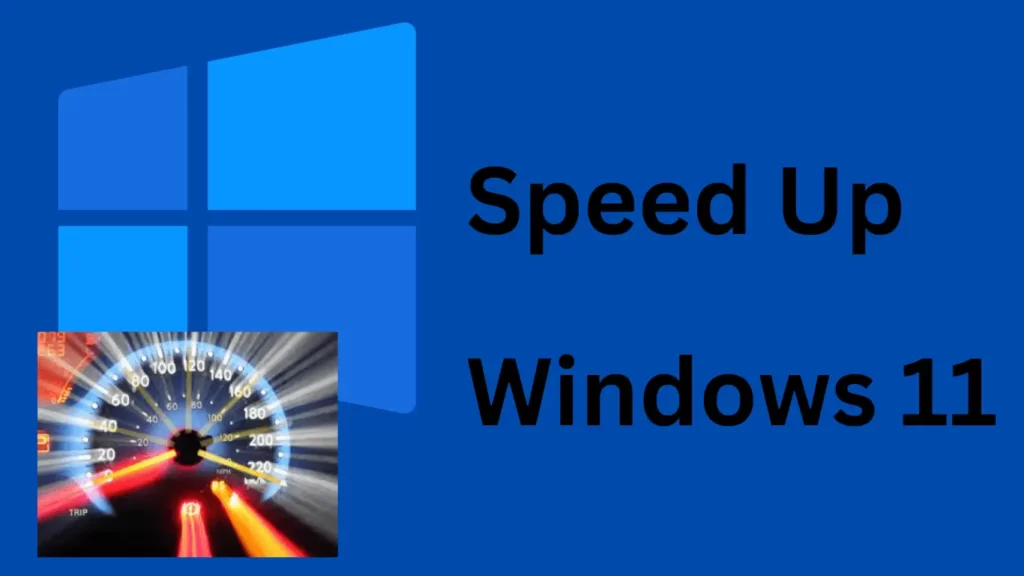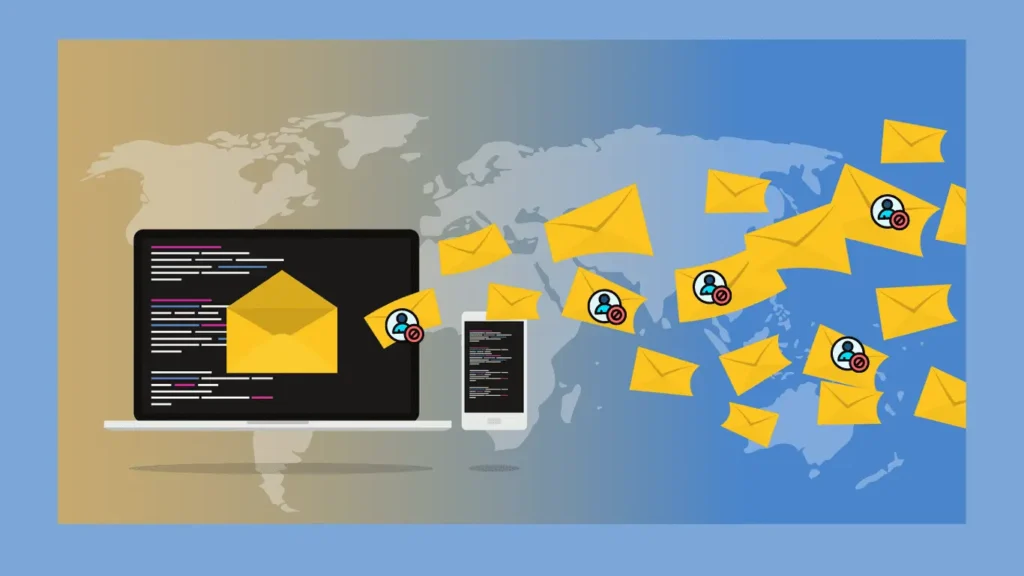
Do you want to improve the performance of your PCs or laptops? Then, read this post till the end. Users who have older laptops running Windows 11 are facing issues with performance. Due to this, they need help to do their work properly. Hence, it is necessary to optimize the operating system.
In this guide, we’ll provide the 10 best methods to speed up Windows 11. If you want to eliminate this issue and boost the performance of Windows 11, please follow the instructions carefully.
Table of Contents
The 10 Best Methods To Speed Up Windows 11
Method 1: Reboot and Update Your PC/Laptop.
Begin by checking for updates in Settings -> Windows Update -> Check for updates. If any updates are available, install them and then proceed to restart your computer.
Even if your system is already up-to-date, performing a restart can address occasional issues that may be affecting your PC’s performance.
Note: Keep in mind that this is a temporary solution, and further adjustments to settings may be necessary for a more permanent fix.
Method 2: Optimize Hard Disk By Defragmenting.
Optimizing your system’s performance involves addressing file fragmentation on your hard disk.
Over time, files can scatter, impacting efficiency. Utilize the defragmentation tool by accessing the Defragment and Optimize Drives option through the Windows icon.
Choose the drive requiring defragmentation and then select Optimize to enhance system speed. Note that defragmenting SSDs is not recommended as it can diminish their lifespan.
Read Also: Apple Vision Pro Set Launching In The United States On February 2
Method 3: Turn Off Restartable Apps.
Enhance your Windows 11 experience by deactivating the automatic restart of background apps upon signing in. While this feature can benefit powerful PCs, older computers may see improved speed by turning it off.
Follow these steps:
Step 1: Open Settings and go to the Accounts section.
Step 2: Choose Sign-in options.
Step 3: Toggle off “Automatically save my restartable apps and restart them when I sign back in.” Your task is complete.
Method 4: Turn Off Startup Programs/Apps.
To enhance your Windows 11 boot time, consider disabling startup programs. Follow these steps:
Step 1: Open Task Manager by tapping the Start menu or using the “Ctrl + Shift + Esc” shortcut.
Step 2: Click on “More details” in the Task Manager menu.
Step 3: Navigate to the Startup option to identify and disable unnecessary programs.
Additionally, address resource-intensive startup apps like Microsoft Teams, OneDrive, and Skype. To fix these, follow the steps given below:
Step 1: Access Settings by clicking the Windows button or using the shortcut “Windows + I.”
Step 2: Choose Apps and click on Startup.
Step 3: Turn off undesired apps to streamline the startup process.
That’s it. Regularly review and disable unnecessary startup apps to maintain optimal Windows 11 performance as you install more applications.
Read Also: Best Outdoor TVs Of 2024 For Ultimate Streaming Experience
Method 5: Speed Up Windows 11 Performance By Uninstalling Unwanted Software.
Enhancing the speed of Windows 11 involves a straightforward process of removing unnecessary files and bloatware. Follow these steps:
Step 1: Click on the Windows icon and navigate to Settings.
Step 2: Go to Apps and select Apps and Features. Alternatively, right-click on the Windows icon and choose Apps and Features.
Step 3: A list of apps will appear; uninstall unwanted ones by clicking the three-dotted menu and selecting Uninstall.
Method 6: Delete Temporary Files.
You can speed up Windows 11 performance by deleting temporary files. These files, generated during app tasks for smooth functioning, can occupy significant space. Follow these steps:
Step 1: Press’ Windows+X’ or use Windows+R to open the Run option.
Step 2: Type “%temp%” and click OK to access the temporary files folder.
Step 3: Select all files and delete them.
That’s it. Alternatively, you can use the built-in Disk Cleanup app for an efficient removal of temporary files from your hard disk.
Method 7: Speed Up Windows 11 Using Storage Sense.
Optimize your Windows 11 experience by activating Storage Sense, an automated cleanup feature. Follow these steps:
Step 1: Open Settings and navigate to the System section.
Step 2: Choose Storage and toggle on Enable Storage Sense.
Read Also: iPhone Won’t Turn On? Here’s The Best Troubleshooting Methods
Method 8: Disable Animations and Visual Effects.
While Windows 11 boasts impressive features like smooth animations and transparent UI elements, these aesthetic enhancements may impact performance, particularly without a dedicated GPU. If you prioritize functionality over visual flair, follow these steps:
Step 1: Open Settings and go to Personalization.
Step 2: Select Colors and turn off the toggle for “Transparency effects.”
Step 3: Navigate to Accessibility in the sidebar.
Step 4: Choose Visual effects and disable both “Transparency effects” and “Animation effects.”
Step 5: Press the Windows key, search for “View advanced system settings,” and open it.
Step 6: Click on “Settings” under the “Performance” section.
Step 7: Opt for “Adjust for best performance” and click OK to apply the changes.
Method 9: Turn Off Notifications and Tips.
To enhance your experience, you may receive notifications and tips on usage, but these scans can affect PC performance. Disabling them can be beneficial. Here are the steps and tips on how to turn off notifications in Windows 11.
Step 1: Access Settings through the Start menu or by pressing Windows+I.
Step 2: Click on Notifications.
Step 3: Locate and disable both options: “Offer suggestions on how I can set up my device” and “Offer suggestions on how I can set up my device.”
Read Also: The 8 Best Music Editing Software Of 2024
Method 10: Managing Background Apps.
Several applications run in the background to remain up-to-date. Identify and address performance issues by managing background apps. Follow these steps:
Step 1: Right-click the Windows icon and choose “Apps and Features.”
Step 2: Browse the list of apps and click the three-dot menu next to the desired app.
Step 3: Opt for “Advanced options” and navigate to Background apps permissions.
Step 4: Set it to “Never” to prevent the app from running in the background, improving device speed.
Conclusion
In this article, we’ve told you how to speed up Windows 11 using the above 10 methods. If your problem still needs to be solved after following the methods given here, please let us know in the comment section. We hope that you liked this article. If you found it helpful, then share it with others, too.







